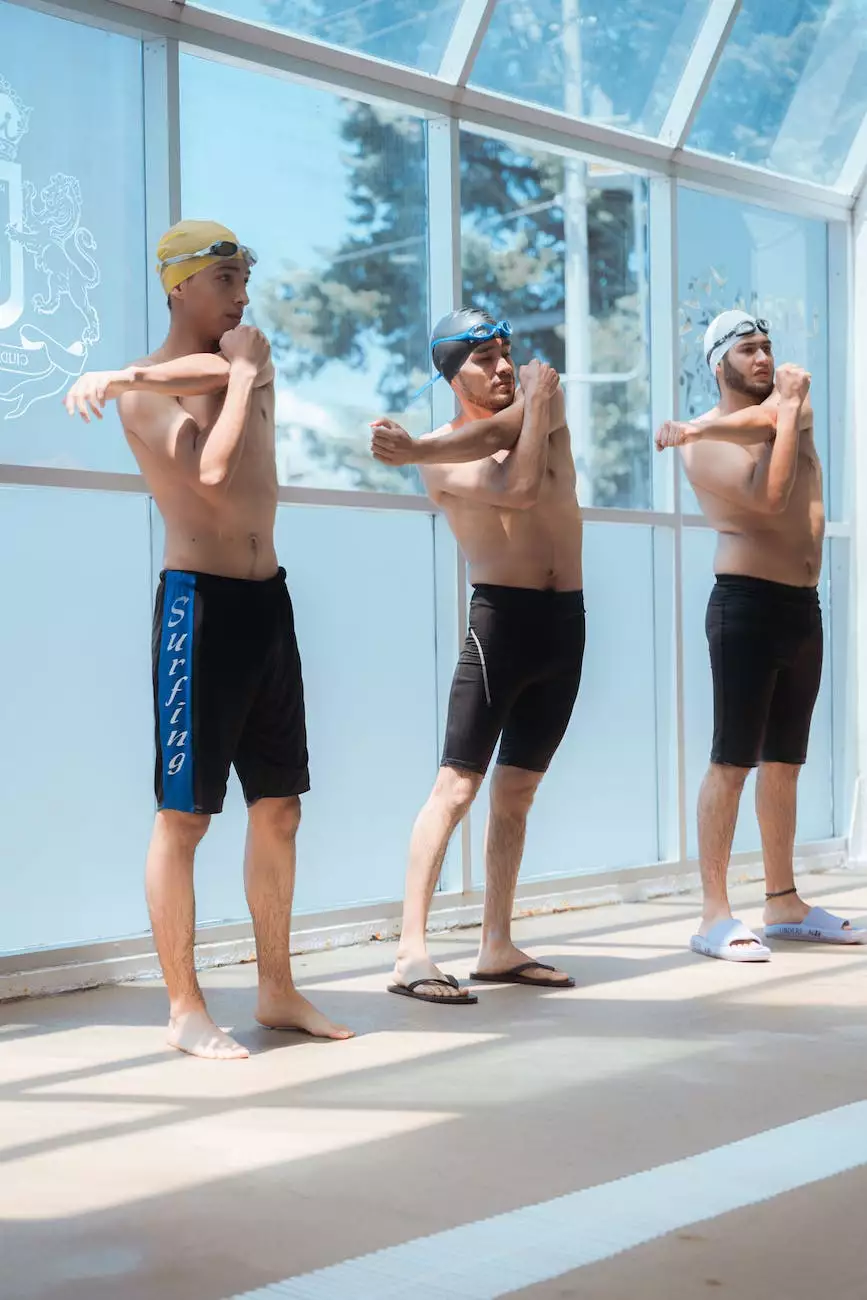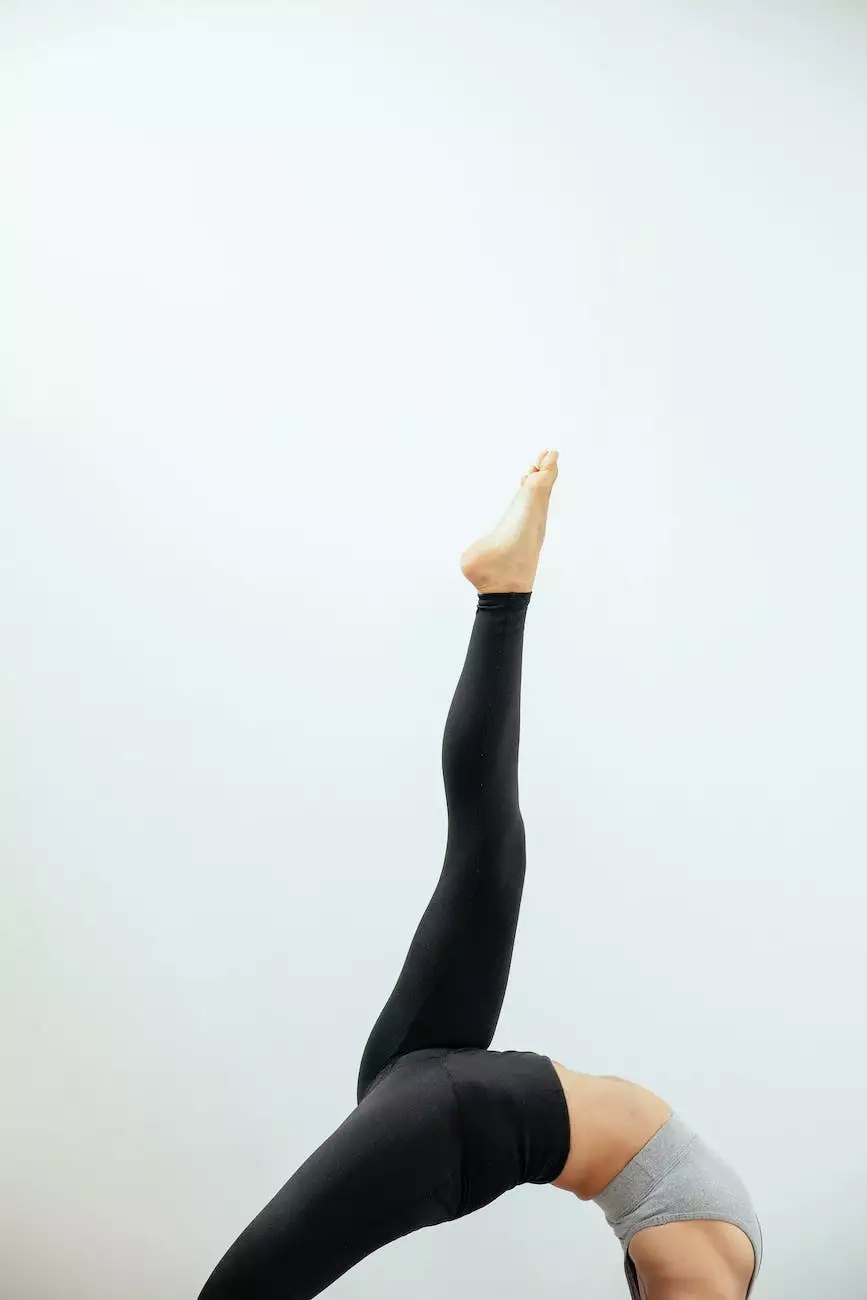Stretching Guide for Swimming - Lowell

The Importance of Stretching for Swimmers
Swimming is a demanding sport that requires flexibility, strength, and endurance. To excel in swimming, it is crucial to incorporate a proper stretching routine into your training regimen. Stretching exercises not only help improve flexibility but also play a vital role in preventing injuries and enhancing overall performance in the water.
Benefits of Stretching for Swimmers
When done correctly and consistently, stretching can offer numerous benefits for swimmers:
- Improved Flexibility: Stretching promotes better range of motion in your joints, allowing you to achieve optimal form and technique while swimming.
- Injury Prevention: Regular stretching helps prevent common swimming-related injuries such as shoulder impingement, lower back pain, and muscle strains.
- Enhanced Performance: By increasing flexibility, stretching enables swimmers to move more efficiently through the water, leading to improved speed and agility.
- Faster Recovery: Stretching post-swim aids in reducing muscle soreness and promoting faster recovery, allowing you to bounce back for your next training session.
Stretching Tips for Swimmers
Here are some essential tips to keep in mind when incorporating stretching into your swimming routine:
1. Dynamic Warm-Up
Before diving into the pool, start with a dynamic warm-up to get your muscles ready for action. This can include exercises like arm swings, leg swings, and torso rotations. Dynamic warm-ups help increase blood flow, warm up the muscles, and improve mobility.
2. Stretching After a Swim
Post-swim stretching is crucial for aiding in muscle recovery and preventing tightness. Focus on stretching the major muscle groups used in swimming, such as the shoulders, back, chest, hips, and legs. Hold each stretch for 15-30 seconds and remember to breathe deeply to enhance relaxation and release tension.
3. Incorporate Static Stretches
Static stretches involve holding a particular position without moving. They help improve overall flexibility and can be performed both before and after swimming sessions. Some recommended static stretches for swimmers include standing shoulder stretch, butterfly stretch, quad stretch, and calf stretch.
4. Don't Forget Core Stretching
A strong and flexible core is vital for swimmers, as it provides stability and contributes to efficient movement in the water. Incorporate exercises like planks, side planks, and lower back stretches to target your core muscles.
5. Listen to Your Body
Every swimmer is unique, and it's essential to listen to your body's needs. If you feel any discomfort or pain during a stretch, ease off or modify the stretch to avoid potential injuries. Consult with a qualified swim coach or a certified trainer for personalized stretching recommendations.
Incorporate Stretching for Optimal Swimming Performance
As a swimmer, incorporating a comprehensive stretching routine into your training program is as important as pool time and conditioning. Focus on building flexibility, preventing injuries, and enhancing your overall performance in the water. A well-structured stretching routine combined with technical training can help you excel in your swimming endeavors.
Conclusion
Stretching is an integral part of a swimmer's training program. By improving flexibility, preventing injuries, and enhancing performance, stretching helps swimmers reach their full potential in the water. Remember to warm up dynamically, stretch major muscle groups, incorporate static and core stretches, and listen to your body's needs. With dedication and a consistent stretching routine, you can achieve your swimming goals and perform at your best!










